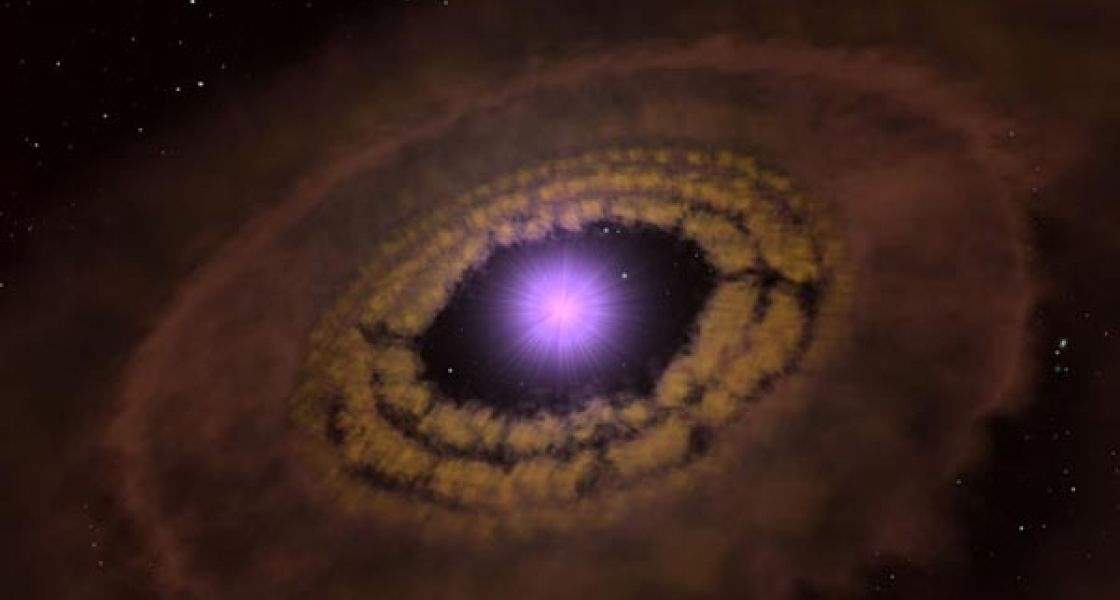What sets the stage for planet formation?
To search for answers to this question, research associate Jake Simon and his colleagues are performing a series of high-level computer simulations of the outer disks around young stars such as TW Hydrae, shown here. Simon’s daunting task is being facilitated with new information that has just started to come in from the Atacama Large Millimeter/submillimeter Array (ALMA) observatory in Chile.
ALMA is one of the world’s largest ground-based astronomy projects and is sensitive enough to directly image the formation of planets. Information from ALMA and other smaller observatories has already allowed Simon to adjust and enhance his codes to better reflect actual conditions that set the stage for planet formation in disks around young stars. Simon is being assisted in this work by senior research associate Kris Beckwith, Fellow Phil Armitage, and their colleagues from Princeton University and the Harvard-Smithsonian Center for Astrophysics.
“Our work is related to ALMA and the turbulent motions of the gas in the disks,” Armitage explains. “ALMA is just coming online and observing these disks with revolutionary sensitivity. We’re trying to get our simulations to match what ALMA sees, and we’re succeeding.”
The researchers have known for a long time that most of the gas is found in the outer disk, which corresponds to the location of Neptune and beyond in the Solar System. Because observers can “see” gas spiraling in to and colliding with the star, Simon and Armitage want to better understand what is causing this inflow of very low-density gas mostly consisting of hydrogen molecules.
What’s tricky about this project is that the researchers have good reason to think that magnetic fields within the gas are key to producing the inflow. However, neutral hydrogen molecules won’t be affected by magnetic fields unless they happen to collide with one of the relatively few small charged particles and free electrons inside the disk.
The researchers are working to simulate turbulence that is strong enough to cause gas in the disk to fall into the star. For this to happen, there must be turbulence all the way through the disk to keep matter spiraling steadily in toward the star.
In their first set of simulations, they discovered that if there’s no magnetic field threading the disk, the turbulence is damped enough to suppress infall. In their second set of simulations, they found that even if there is a relatively weak magnetic field (tens to hundreds of micro-Gauss) threaded through the disk, enough turbulence results to account for the ALMA observations.
However, the latest results have left the researchers with a conundrum: Where do the magnetic fields driving inflow from the outer disks come from? Neutral hydrogen molecules don’t even interact with magnetic fields and there just aren’t very many electrons and ions loose in the disk to create magnetic fields on their own.
The answer they’ve come up with is that there may be magnetic fields inside the disk left over from the process of star formation. In other words, the memory of how the star itself formed may be important for disk formation and evolution! — Julie Phillips




